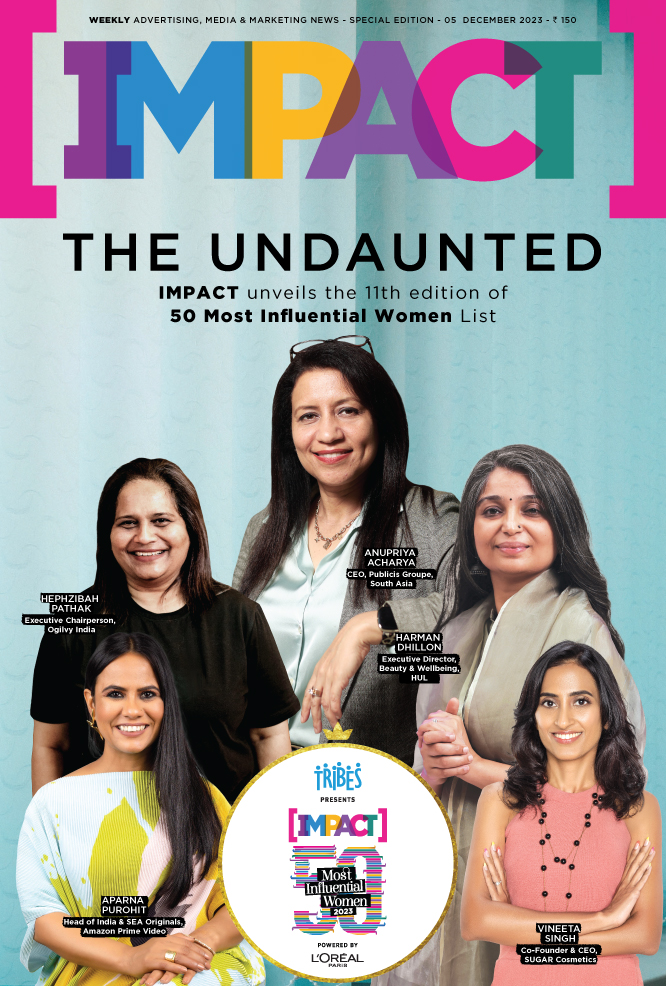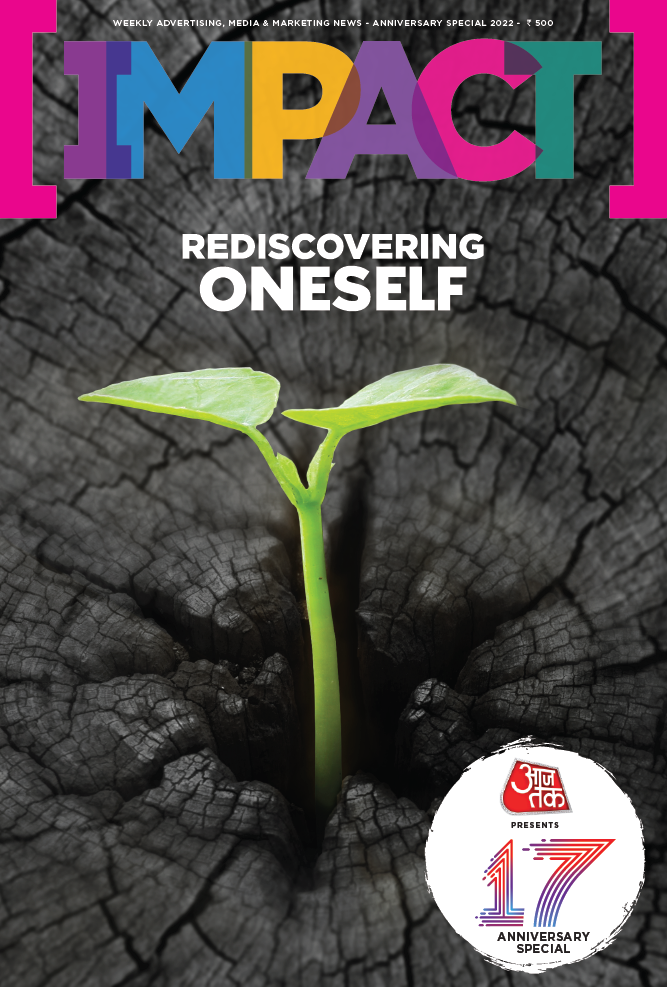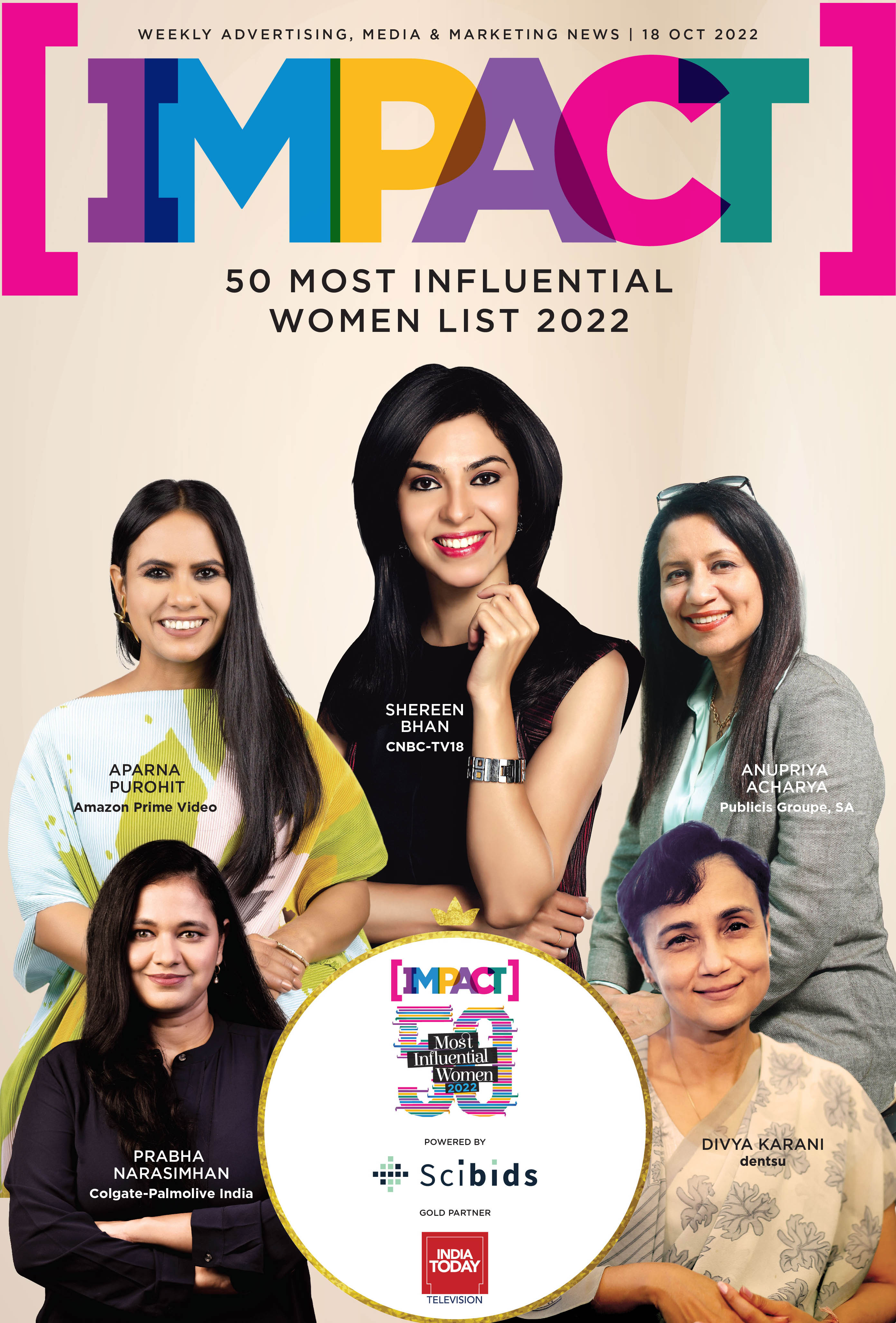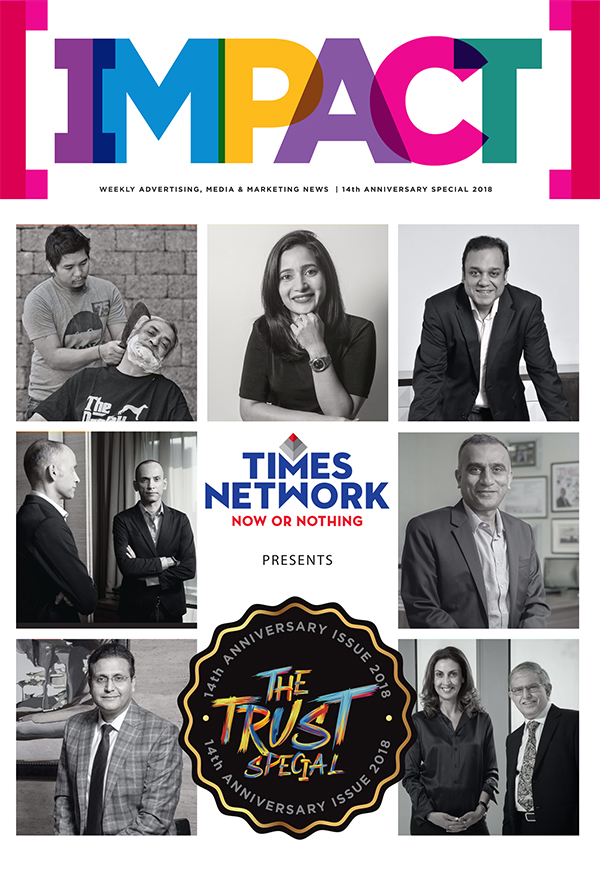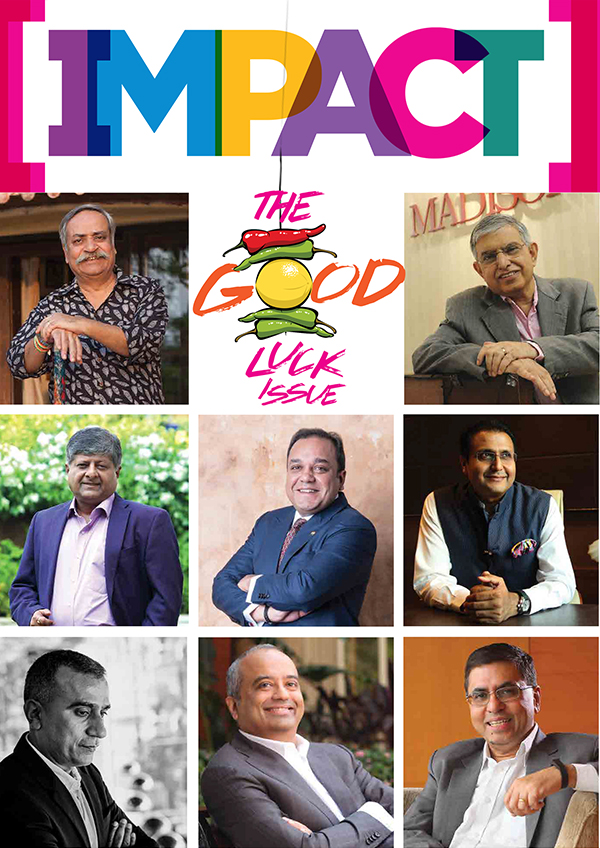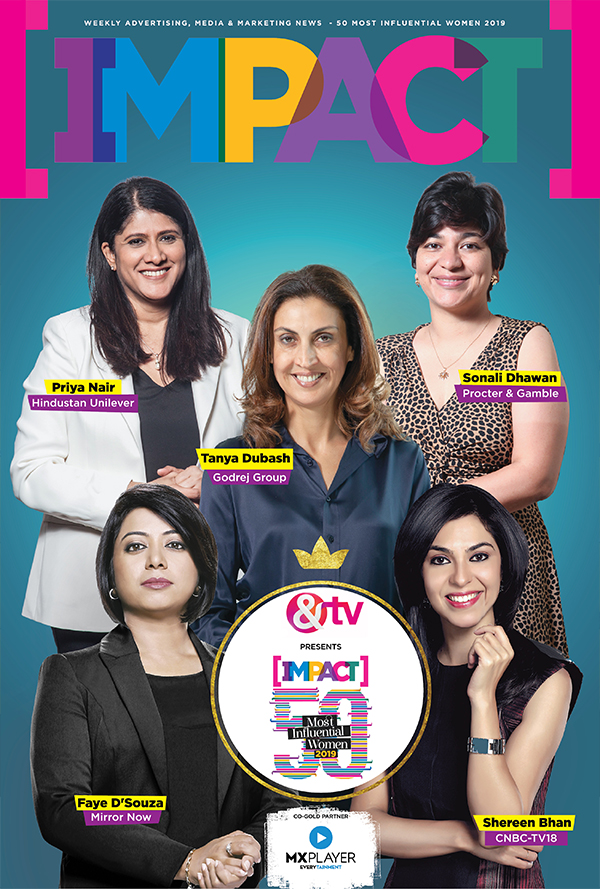Q] How is Luminous adapting its product and marketing to India's growing, smart and sustainable home needs?
Starting with power backup, the company ventured into solar as a business 10 to 12 years ago, becoming one of the first to do so. It also entered the lithium space early, in 2017, launching products like the Lithium Leon series and the Regalia series. At a time when lithium was still a niche category, Luminous was ahead of the curve. It was also the first to launch the gel battery, an alternate chemistry around 2019 and 2020. These innovations, once niche, are now performing strongly.
Solar currently accounts for almost 35 percent of overall growth and is a key driver in building a complete energy management ecosystem. With the rise of smart and energy-efficient homes, Luminous has shifted its marketing narrative accordingly. Recently, the company launched ConnectX, a fully in-house app ecosystem that enables end-to-end energy management. It allows users to monitor, predict, and optimize energy usage through app-based communication.
In line with this, Luminous has also expanded its solar product range, set up a new technology-driven factory in Rudrapur, and is launching a series of new lithium-based sustainable power backup systems, all aimed at empowering India to make smarter energy choices with Luminous.
Q] Urban India understands sustainability quite well. What is the company doing to deepen its presence and bring awareness in the tier two and tier three markets in 2025?
At Luminous, the mission is to power homes across India, with 98% brand awareness extending far beyond metros. Most of the company’s growth today is driven by newer India, tier 2, 3, 4 towns and rural regions. While India’s traditional growth story focused on roti, kapda, makaan, Luminous believes in electricity, bijli is the fourth pillar, as development isn’t possible without power. The company views itself as enabling both economic and sustainable growth across the nation.
To support this, Luminous has a retail presence in over 1 lakh outlets, providing 98% reach across India and ensuring products are available at arm’s length to consumers in need of reliable power backup. The rise of omni-channel is another key growth driver, Luminous has strong partnerships with Flipkart and Amazon, and is aligned with ONDC goals. Its omni-channel business is currently growing at 3x.
Additionally, Luminous is investing in personalized, local-language content to connect with regional audiences. A recent multilingual campaign with Flipkart delivered 2x ROI on performance marketing, proving the value of hyperlocal storytelling in tier 2 and tier 3 markets.
To further empower this consumer base, Luminous has partnered with over 20–25 financial institutions to offer easy financing options. The company also operates more than 450 service centers with over 2,000 service engineers nationwide, strengthening its ecosystem and supporting India's next wave of growth.
Q] Talking about online presence as you said, how is Luminous embracing digital transformation especially in the D2C and online retail?
Luminous has pioneered omnichannel business modeling in our industry. We’re the leading player on Amazon and Flipkart, and also present on Jiomart, ONDC, and modern retail, something unique for an energy company. We’ve scaled our online-to-offline and offline-to-online models, enabling consumers to see anywhere and buy anywhere. This has contributed to 3X revenue growth in the last two years.
We’ve also introduced a product matrix on Amazon where users just input appliances to find the right product. This shift from consultative selling to consumer-empowered selling is boosting our D2C growth.
We’re now piloting AI tools from chat-based product recommendations (based on city-specific power cut data) to dynamic pricing algorithms for competitive benchmarking. The ecosystem is still evolving, but the post-pandemic surge and 40–50% sectoral growth make this a very exciting space. We're also exploring scaling up with quick commerce platforms.
Q] How is Luminous like repositioning itself from power backup company to a lifestyle energy brand?
Transforming a 38-year-old legacy company like Luminous isn’t easy, but we’ve done it successfully under our internal mission, Luminous 3.0, built on Digitization, Distribution, and Diversity. We’ve digitised our entire ecosystem from omnichannel and online-to-offline journeys to tools like the mPartner app for channel partners. In a traditionally industrial sector, most of our transactions now happen digitally. We’ve also integrated AI into pricing, consumer buying journeys (LLM-based models), and launched apps like ConnectX to monitor products. We lead the sector in connected inverters and solar solutions, even recognized by MNRE for having the most connected solar homes.
Our transformation began with regional distribution, but now Luminous is present in 40+ countries, with offices in China and Dubai and sales teams across Africa, the Middle East, and APAC. We’ve expanded from metros to tier-2/3 cities and rural India, making us a truly global and inclusive brand.
We launched initiatives like Women in Energy and Pink Promise (in partnership with Rajasthan Royals), tackling gender and regional stereotypes in the energy sector. Around 30% of our leadership team is women, and we’re training women to become solar technicians. Our CEO, Preeti Bajaj, is also president of IBMA, championing diversity across the industry.
We’ve also invested in R&D, software, and new manufacturing units. While we’ve come a long way, this transformation journey is still ongoing and in the next 2–3 years, Luminous aims to be a global prosumer technology brand present in homes across the world.
Q] What is the outlook of the company?
Marketing is evolving at an unprecedented pace, especially over the last 3–5 years with the advent of AI and now agentic AI, which is transforming experiential marketing. At Luminous, we see five major shifts shaping our marketing approach and the broader energy sector. First, our marketing mix is moving increasingly towards digital platforms like OTT, connected TV, and AI-led personalization, tailored by language, product needs, and user behavior. Second, purpose-led marketing is gaining ground, with campaigns like Women in Energy, Illuminating Lives, and Pink Promise setting the tone for meaningful brand storytelling. Third, our long-standing associations with sports and influencers such as Sachin Tendulkar and Rajasthan Royals, will continue to grow stronger. Fourth, omnichannel is no longer just a distribution strategy but a business model in itself, enhancing personalized retail and online consumer experiences. Lastly, sustainability is at the core of our transformation from being an inverter and battery brand to becoming a complete energy solutions company. This shift also reflects our journey from B2B to B2C, retail to omnichannel, and traditional to connected media. AI, in this context, isn’t just a strategy, it’s a tool that enables smarter, more customized consumer engagement across every touchpoint.












